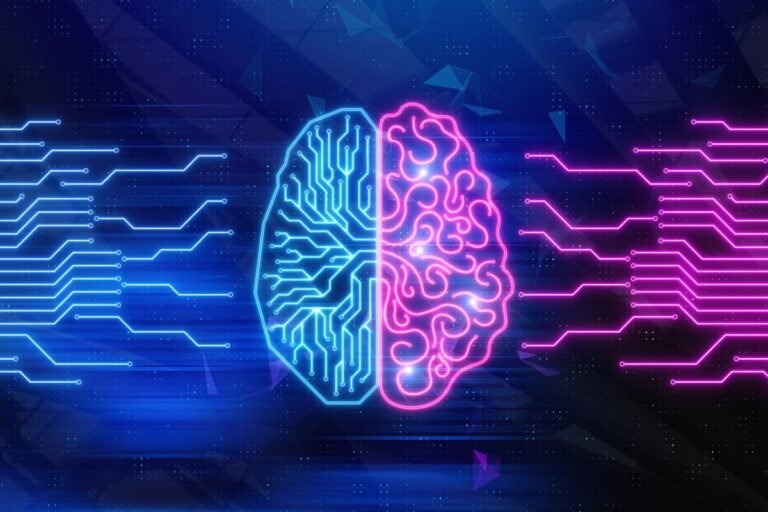Biofeedback is a type of therapy that uses sensors attached to one’s body to measure key body functions. It is a way to understand what the body is saying, make understanding of the knowledge gained, and then, eventually, alter this information for one’s long-term benefit. Biofeedback is based on the concept of “mind over matter.” The idea is that, with proper techniques, one can change one’s health by being mindful of how one’s body responds to stressors and other stimuli.
Recipients of the feedback are trained to consciously control aspects of their physiology—using relaxation techniques to slow down heart rate or reducing the sensations of pain, for example—and this learning is used to help manage symptoms of a range of physical, medical, and psychological conditions.
Biofeedback and its various types have been shown to help in a variety of areas across mental and physical health. Research has shown that the most common disorder where it has been used as a helpful technique is Acute Stress Disorder (ASD). Other areas where it has shown an effect are brain injury, anxiety, depression, digestive disorders, pain, phobias, migraines, strokes, and asthma.

Types of Biofeedback
There are many kinds of biofeedback techniques that are widely used in our society. Mainly it depends on the technician and the goal of the activity. The following are some of the basic and most common types.
Respiratory Biofeedback
This type involves wearing the sensor bands around the chest and abdomen to monitor breathing rates, respiration patterns, and also the time taken for different kinds of breaths. With long-term practice and adequate training, the individual can learn various techniques that can help have greater control over their breathing rates, which in turn, can help in a variety of situations including stress, anxiety, mindfulness and even depression.
Heart rate Biofeedback
This type involves attaching the sensor on the uses finger or earlobe which is then used to detect blood volume changes (photoplethysmograph). In other ways, the sensors are placed on the chest, lower torso, or wrists use an electrocardiograph (ECG) to measure the heart rate, beatings per minute, and also how the heart rate varies in different situations. Research shows that heart rate biofeedback might be useful for a number of different disorders including asthma and depression.
Sweat Gland Biofeedback or Galvanic Skin Response
In this type, sensors are attached around the fingers, the palm, or the wrist with an electrodermograph (EDG). This device measures the activity of sweat glands and the amount of perspiration on the skin in a variety of situations. There is a lot of research in this area, the biggest being using sweat gland activities and it’s link to one’s emotions. Remember swaeting excessively before the most important interview or exam?
Blood Pressure Biofeedback
In this type, a device is used to measure the blood pressure of an individual under various situations. There is research that supports the link between different ranges of blood pressure and its link with stress levels and the emotional states in that particular range. However, in another recent research, Mahtani et al. used device-guided breathing (DGB) to lower blood pressure (BP) in adults, with no lasting long-term impact.
Neurofeedback or EEG feedback
This type of feedback uses electroencephalography (EEG) which focuses on the changes in the brain wave patterns. Until around the 1970s, neuroscientists believed that the brain’s structure and function were essentially fixed throughout adulthood. In the last 5 decades, scientists have discovered the amazing ability of the human mind to change and grow at any age. In recent times, neurofeedback as a technique is used to understand and treat various conditions such as ADHD, Anxiety, Chronic Stress, Depression, and even Phobias.

Neuphony is the only EEG wearable device in the world that has 8 EEG sensors over 3 lobes of the brain. Regular use can help in improving focus, getting quality sleep, reducing anxiety, reducing stress, and even help with overall self-development.
Intrigued?
With every purchase, one will receive TWO FREE Therapy sessions with a certified MHT Associate which can be redeemed within 6 months of your purchase.
References 1. Mayoclinic 2. Healthline 3. Neuphony 4. American Psychological Association 5. Verywellmind




2 thoughts on “Biofeedback and it’s effects on Mental Health”
Pingback: Benefits of Biofeedback on Mental Health - Neuphony
Pingback: Benefits of Biofeedback on Mental Health | Neuphony